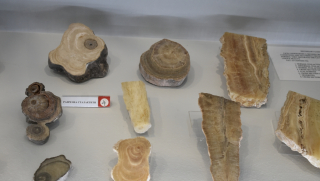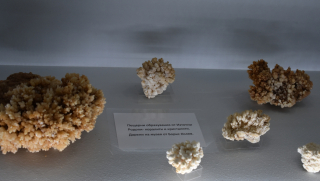Rhodope Karst Museum - Chepelare
Located in ChepelareThe Museum of the Rhodope Karst in Chepelare has been in existence since 1980. It is the only such museum on the Balkan Peninsula.The exposition begins with a geology section. Several windows showcase the beautiful minerals characteristic of the caves. Part of the collection also consists of minerals, which are located on the surface of the earth, but are very characteristic of the Rhodope region - agate, corundum and other precious and semiprecious stones.
The development of the cave business in Bulgaria can be traced in the hall dedicated to the 80th anniversary of the cave business in Bulgaria. The collection also includes a unique petromax lamp, belonging to Ivan Buresh (1885 - 1980), a zoologist and entomologist, who first began researching cave dwellers in Bulgaria and discovered new species for science.
The Museum of Speleology also has a rich collection of different types of rocks and cave formations.
The departments of biospeleology and cave paleontology are among the most interesting for visitors. The biospeleology department shows animal species that live in caves. For the Bulgarian caves, these are mainly invertebrates - spiders, grasshoppers, crabs, centipedes, beetles. One of the most interesting specimens is the beetle "Svetlomrazets", which, if left in the light, dies.
The paleontology exposition shows the animals that inhabited the caves. Many cave bear bones have been found in the Rhodope caves. Visitors to the Museum of Paleontology can see the cave bear skeleton completely recovered from natural bones. The bear was a massive mammal, standing at an altitude of 4.5 m in height. The animal disappeared after the last glacial period on Earth. Another curious detail that visitors will learn is that caves in the region have also been inhabited by cave leopards in the past. The museum can see part of the jawbone of a leopard, which is the oldest bone of such an animal found throughout Europe. The museum also has remains of rhinoceros that inhabited the territory of modern Bulgaria thousands of years ago.
The last collection at the museum is dedicated to the people who inhabited the caves thousands of years ago. Most of the oldest exhibits in the museum are from the Yagodina Cave and are 6000 years old.




